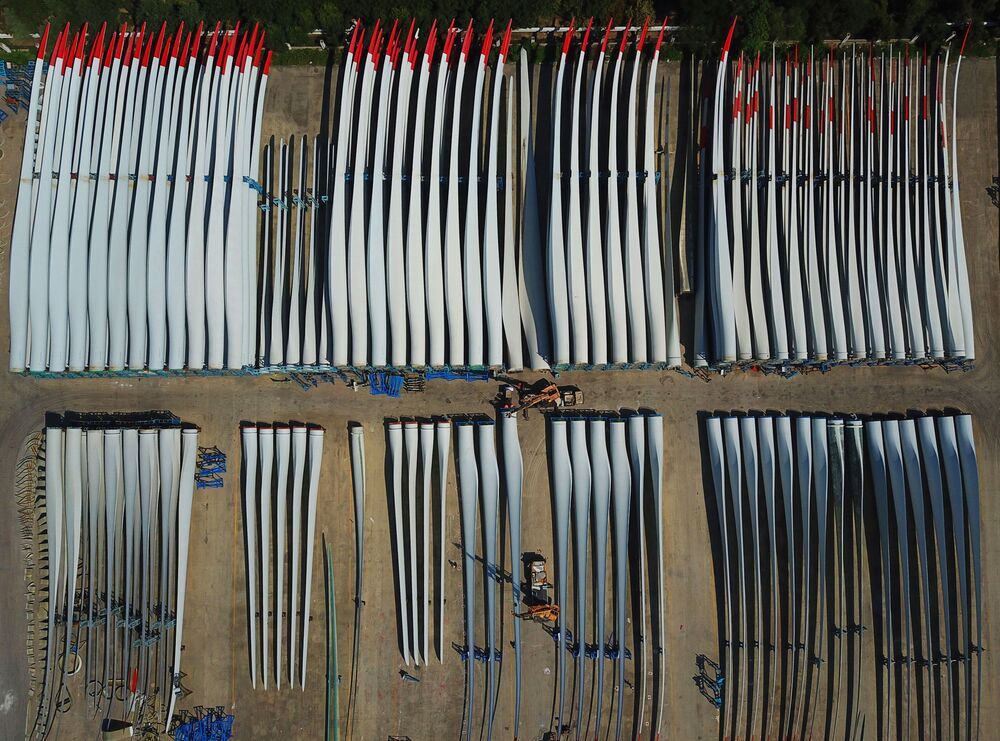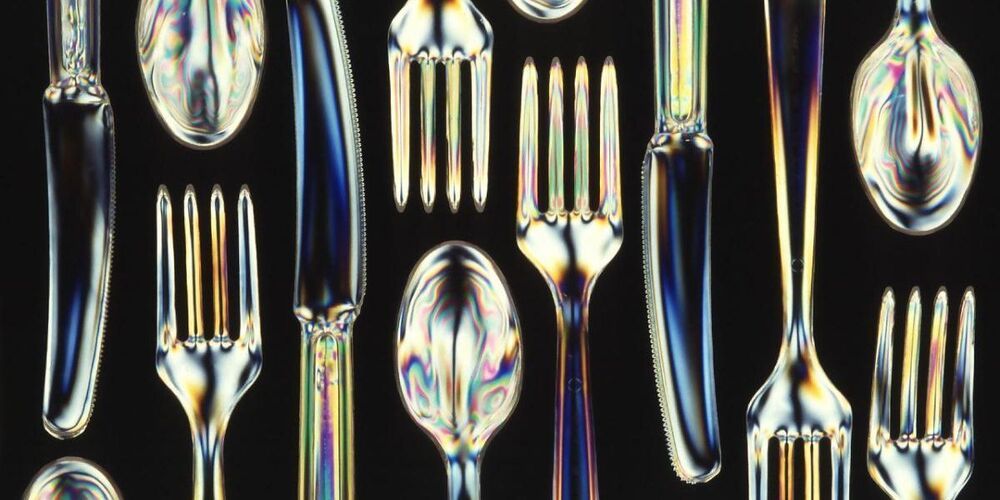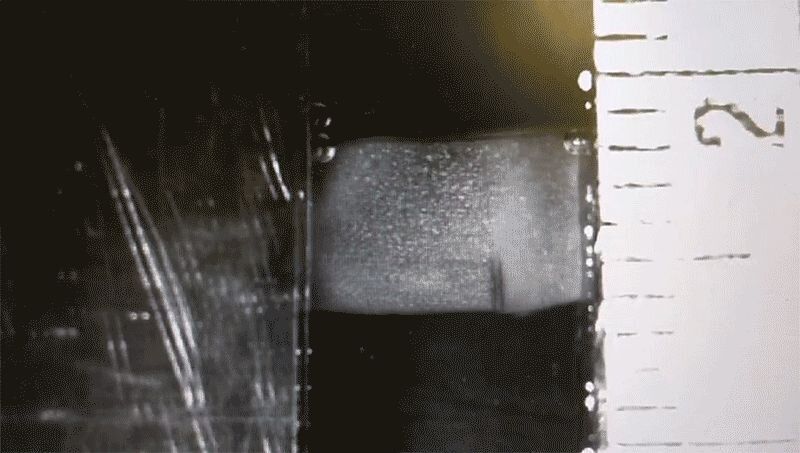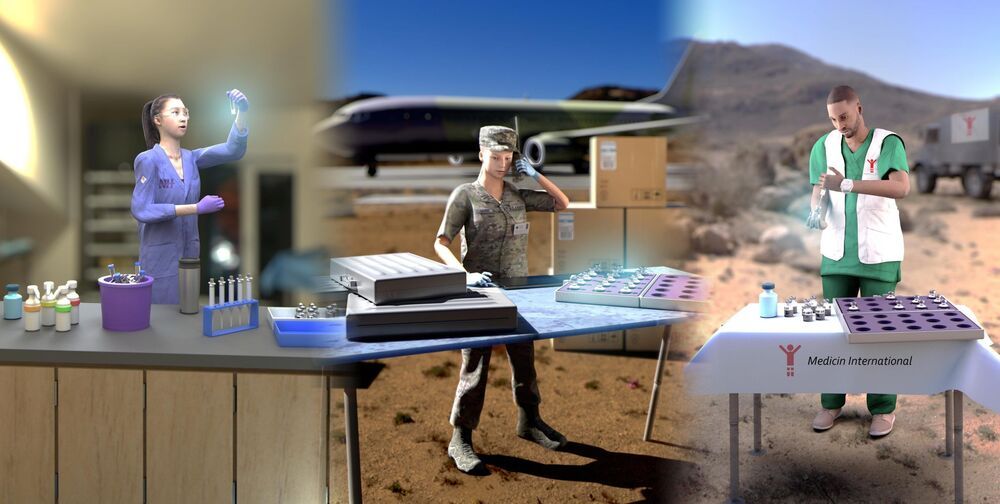Apr 24, 2021
Intel CEO says co-designed x86 chips will fend off Arm threat
Posted by Genevieve Klien in categories: business, computing, mobile phones
If you can’t beat ‘em, join ‘em.
Arm is the technology company of the hour. Or one of, at least. The chip designer rose to great heights in the mobile phone biz and now its many license holders are looking to twist an ARM processor into something more computer-shaped. Arm is finding increasing number of advocates from Intel and AMD’s firm customers too: perhaps the most notable among them being Apple, with the M1 chip in MacBooks and the new iMac, but Amazon, Microsoft, and Arm’s prospective buyer, Nvidia, all have skin in the game.
Yet Intel has a plan: a brand new foundry business. That which will offer flexibility in a way that was largely ruled out by oppressive x86 licenses and Intel’s unwillingness to share in the past. It’s what Arm offers, after all. A way for companies to design a chip as they see fit, and leave the unwanted features on the cutting room floor.


















